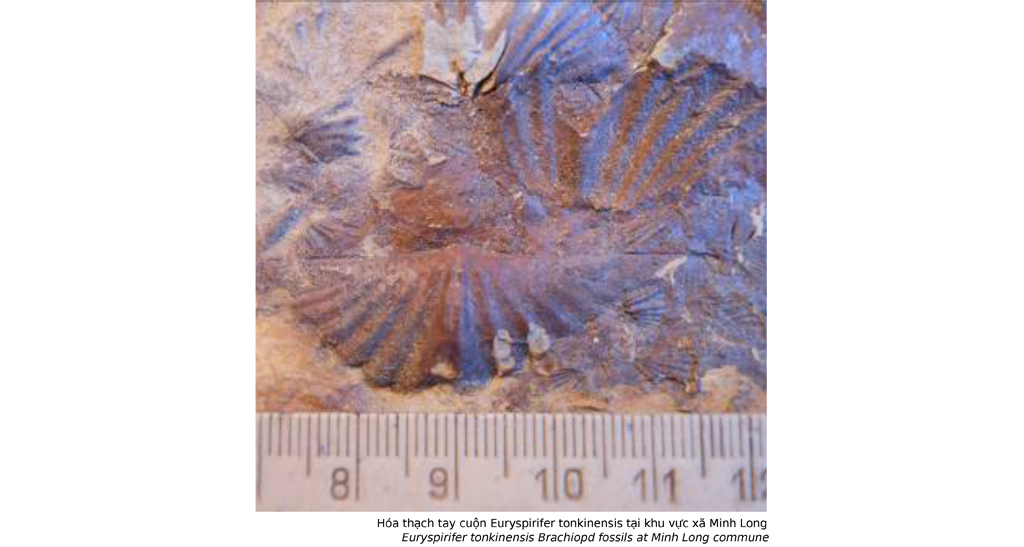
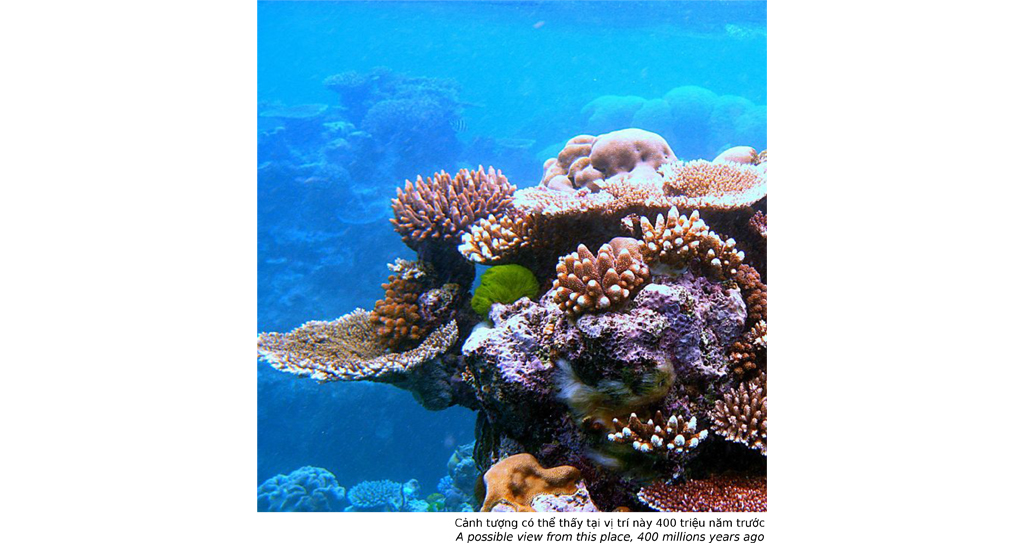
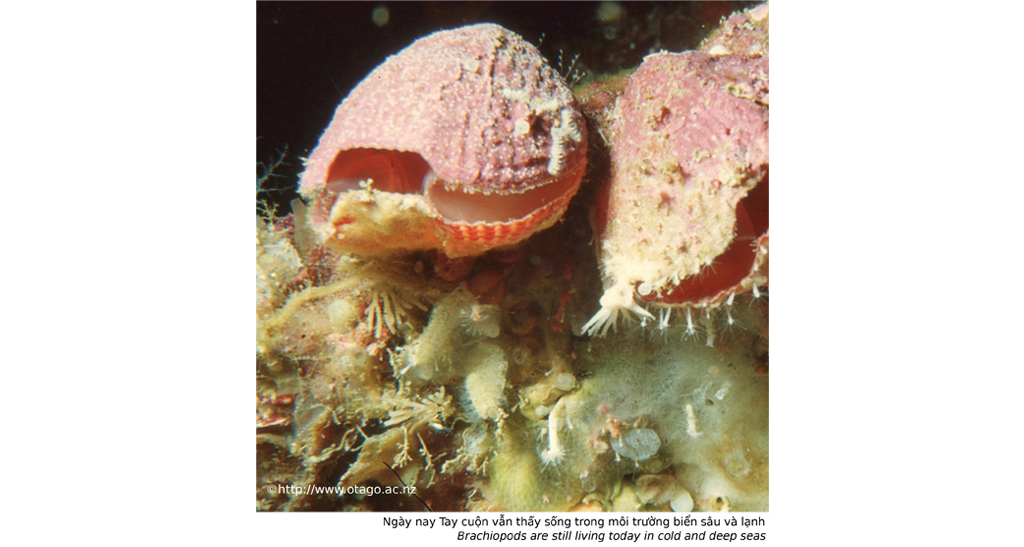
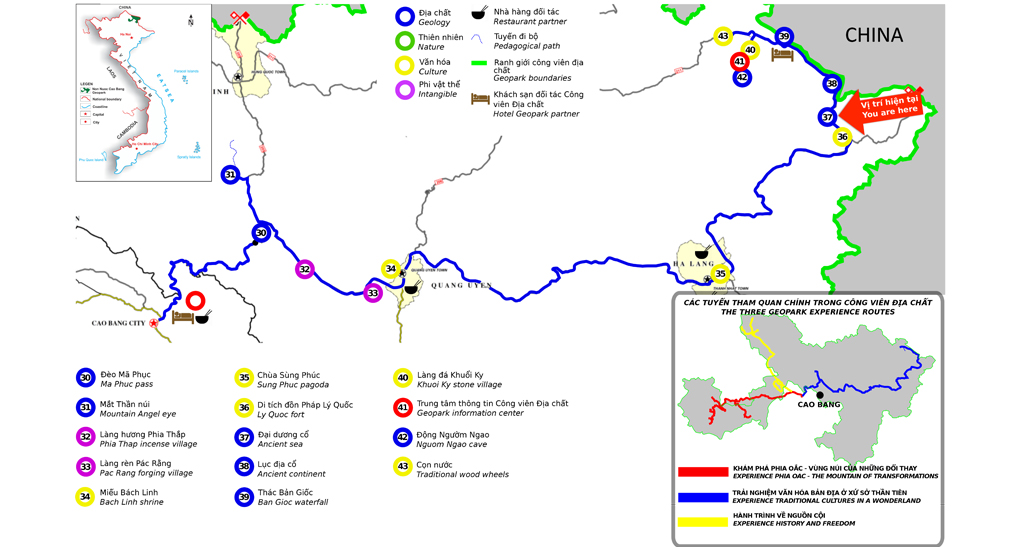
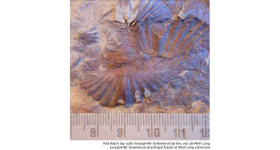

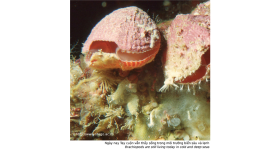
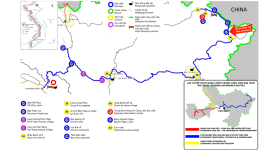
Price: Free
Phone: (0206) - 3854 211
Time to visit a place: 120 phút
Open Time: 7:00 AM - Close Time: 6:00 PM
Email: sovhtt@caobang.gov.vn
Address: xa Minh Long, huyen Ha Lang, tinh Cao Bang Xã Lý Quốc, Tỉnh Cao Bằng
The observation site is in Minh Long commune, Ha Lang district. A great quantity of Brachiopods fossils, preserved quite well in shale (so-called Mia Le Formation, D1ml, Early Devonian in age, c.400 million years ago) have been found here. A French geologist, Mansuy H., found plenty of these fossils for the first time more than one hundred years ago in different places of the Tonkin area (nowadays Northeast Vietnam), that’s why their name Euryspirifer tonkinensis. Similarly, brachiopods fossils were also found together with corals as described at Site 1 - Lang Mon ancient coral - along the route “Experience Phia Oac - The Mountain Of
Transformations”.
The fossils imply that c.400 million years ago a shallow sea prevailed in this whole area. The suitable depth for them to live is from several to tens of meters, even down to 200 meters on the continental shelf.
Brachiopods are medium-salinity marine animals that, upon first glance, look like clams. They are virtually defenceless and a shell, enclosing their organs, is their only protection. Most are permanently attached by a fleshy stalk (pedicle) to a hard, sea-floor surface, such as a rock outcrop, boulder or another shell.
Brachiopods are incapable of actively pursuing food. They are actually suspension feeders, extracting food (plankton, particles of dead organic matter etc.) out of water that they pump in and out of their shells.
Today there are still 300 species of brachiopods living in cold, often deep waters, after the majority of the group went extinct during a major planet crisis with mass extinction that occurred 252 million years ago (end of the Permian).
Fossils, such as these brachiopods, are precious witness of changes and history of our planet. Please respect them: don't extract and take them away.
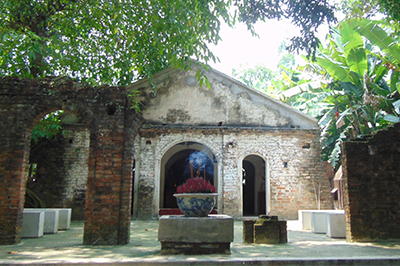
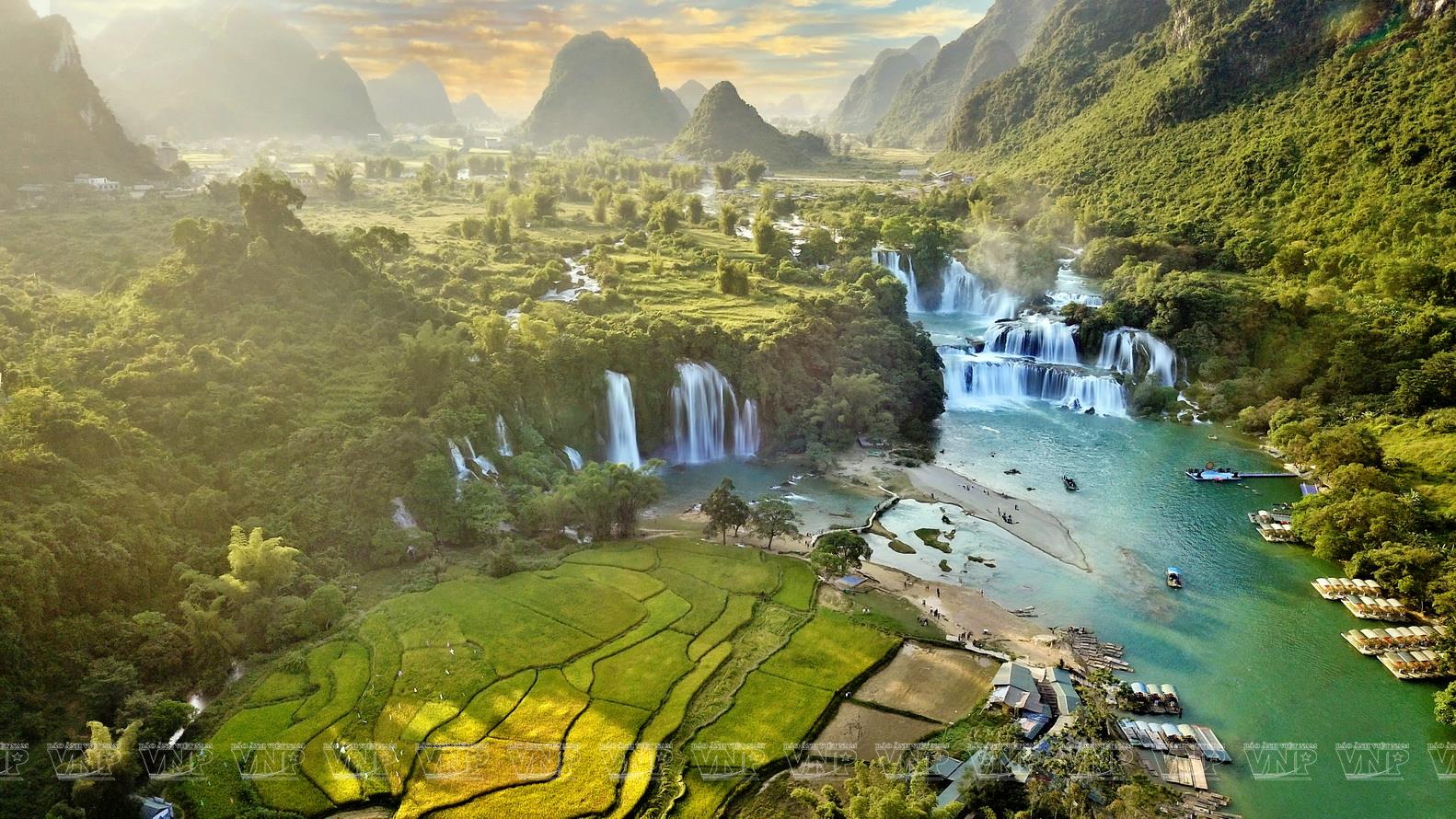
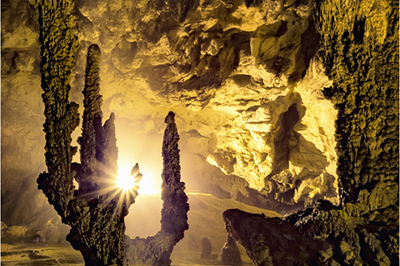
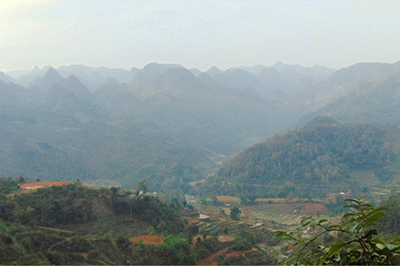
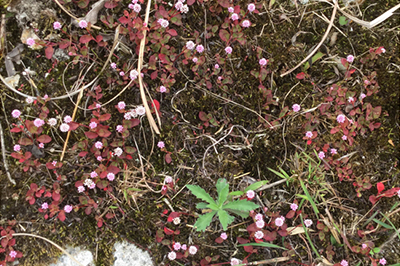
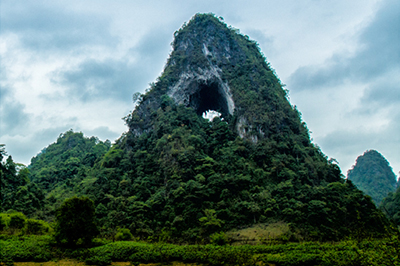

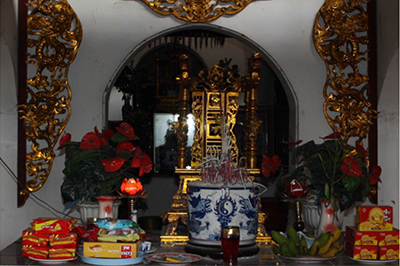

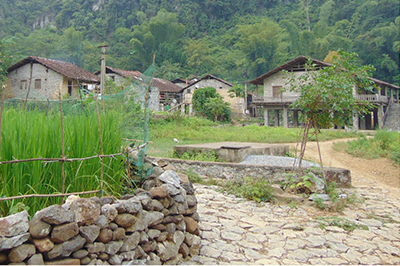
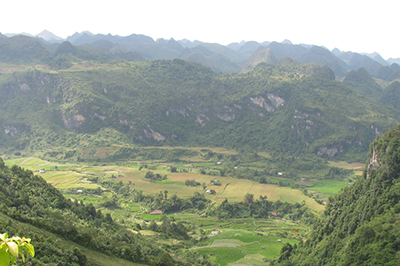
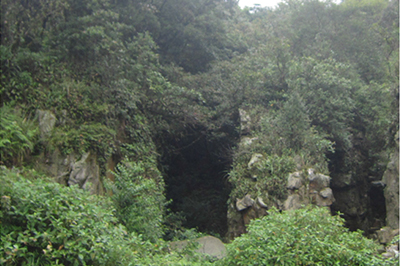
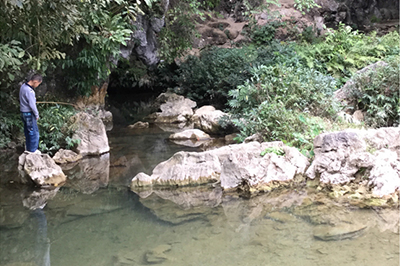
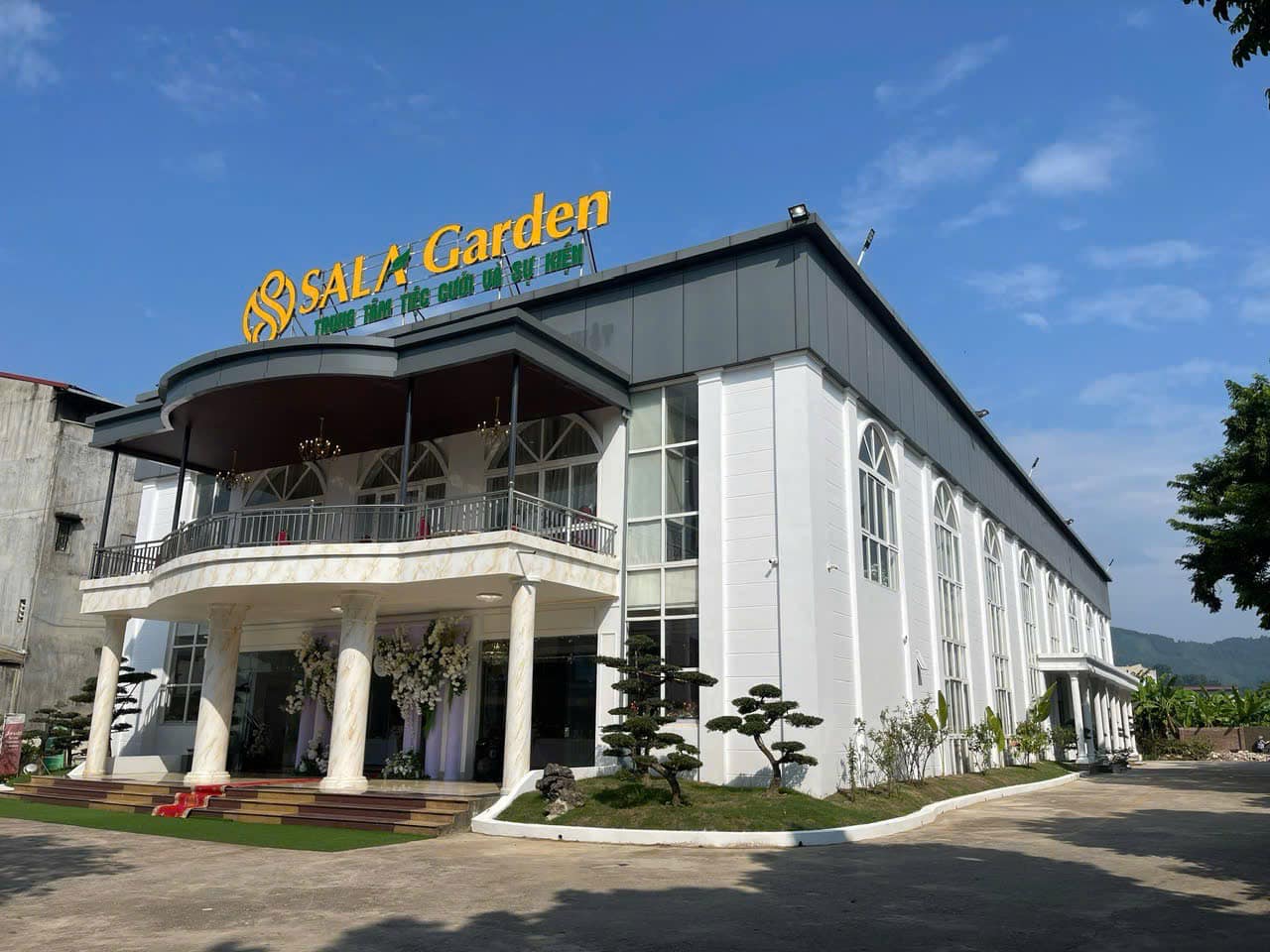
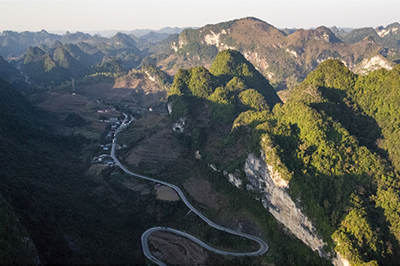
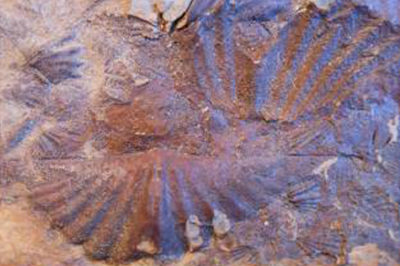
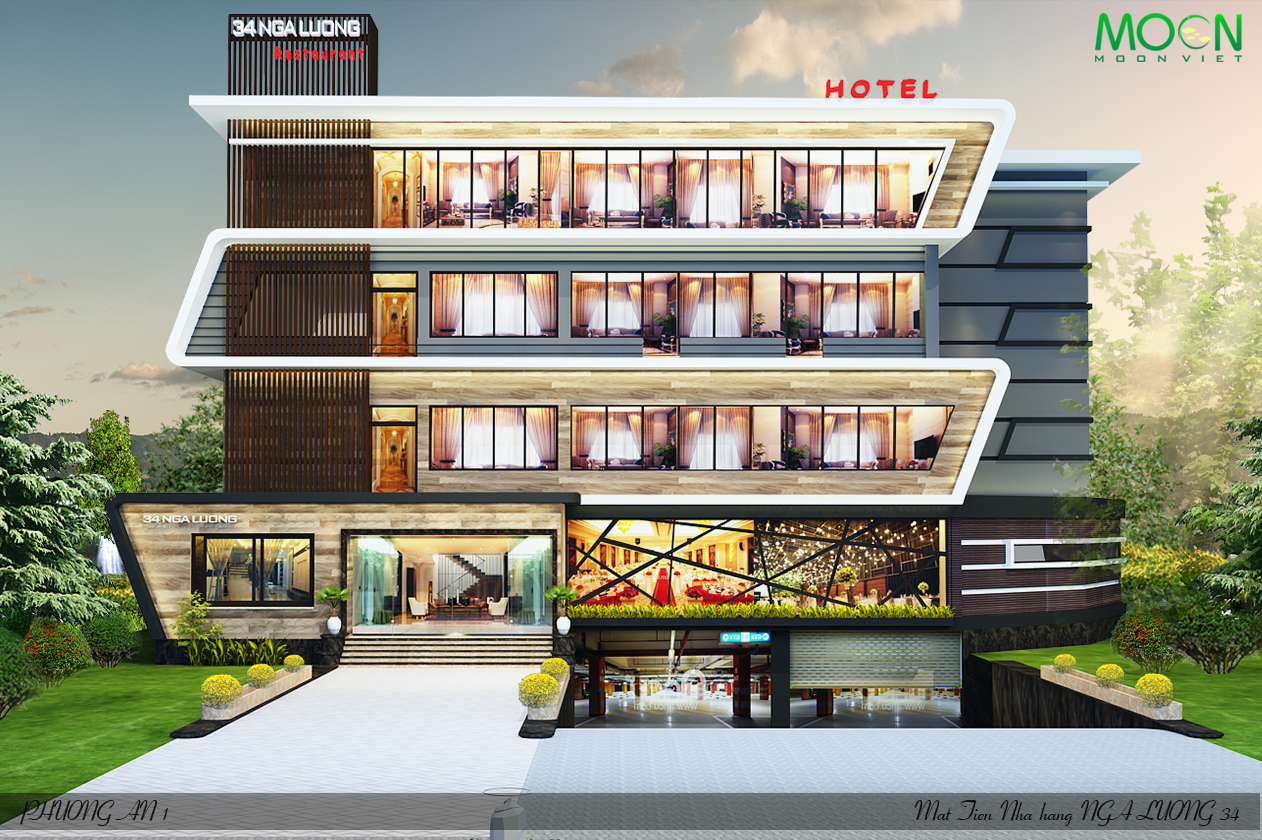
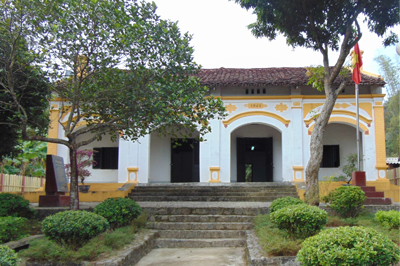
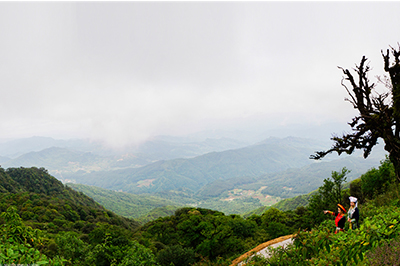

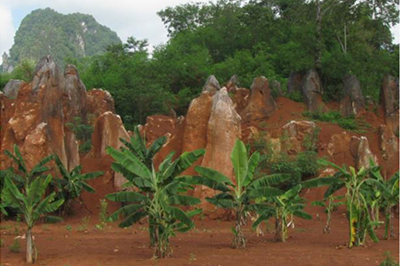
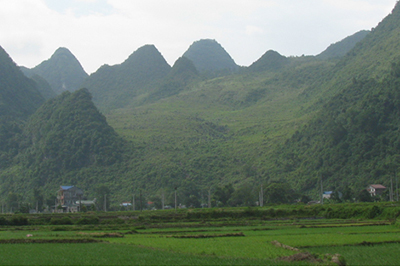
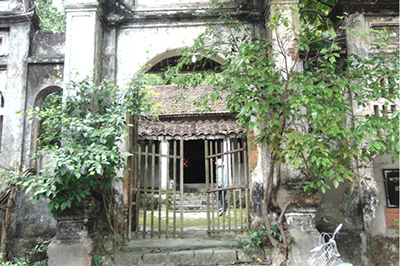
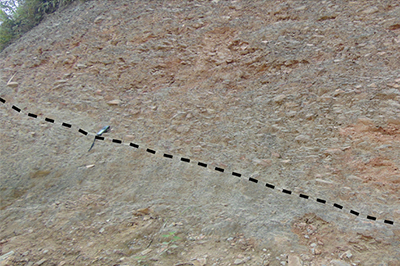
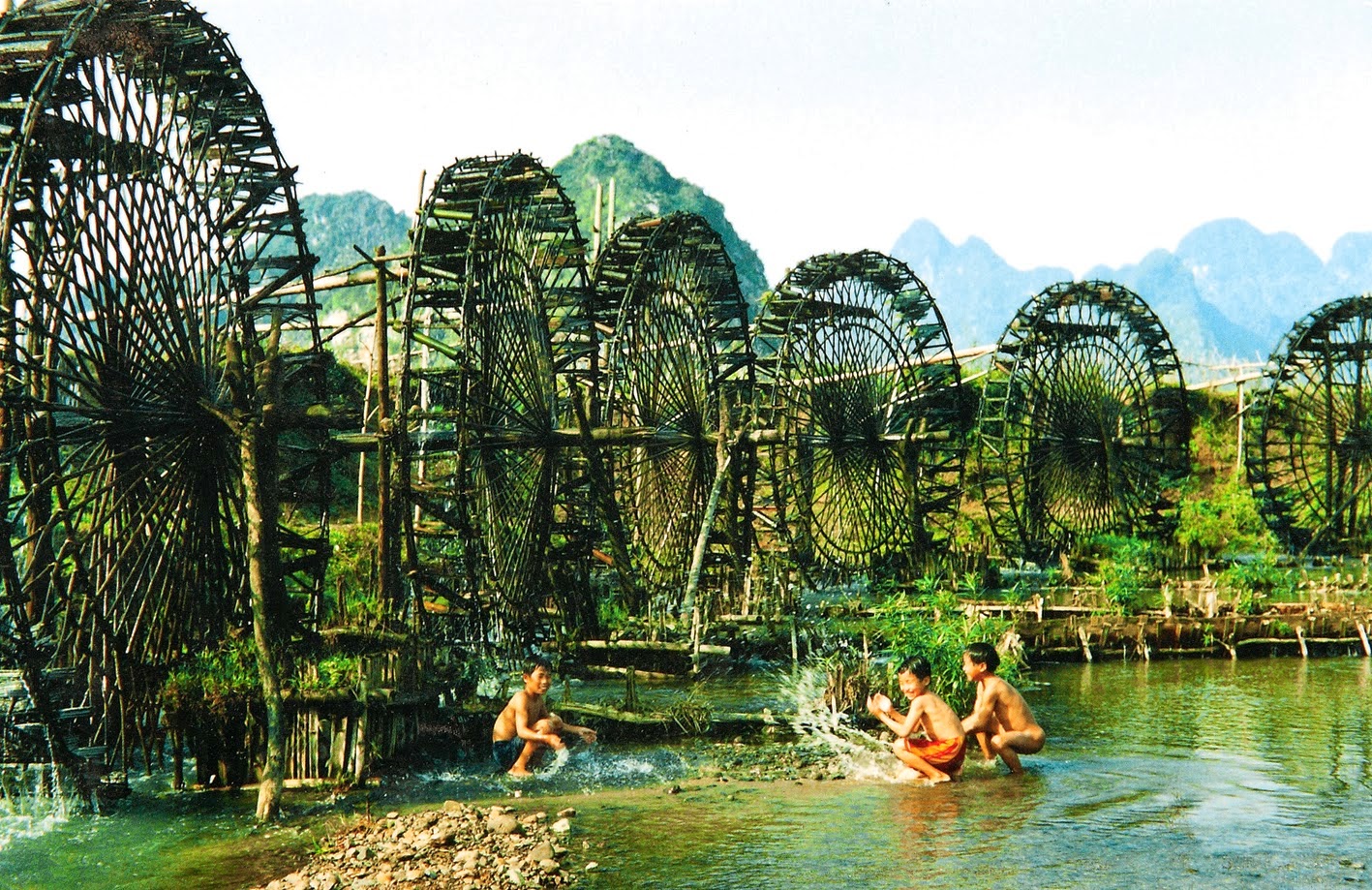
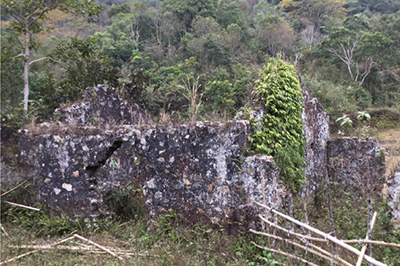
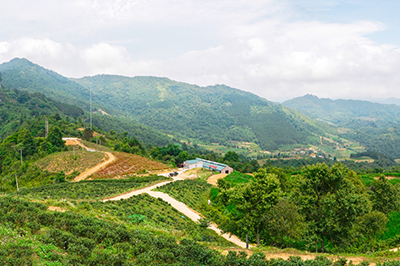
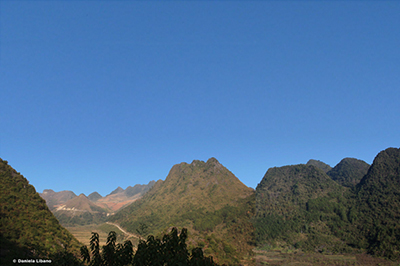
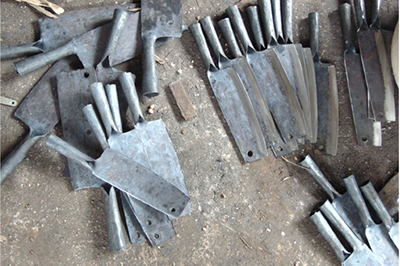
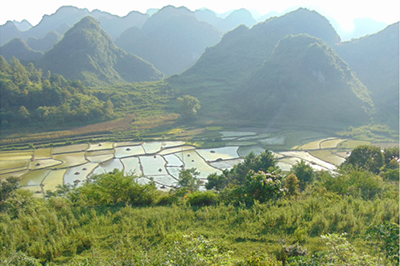
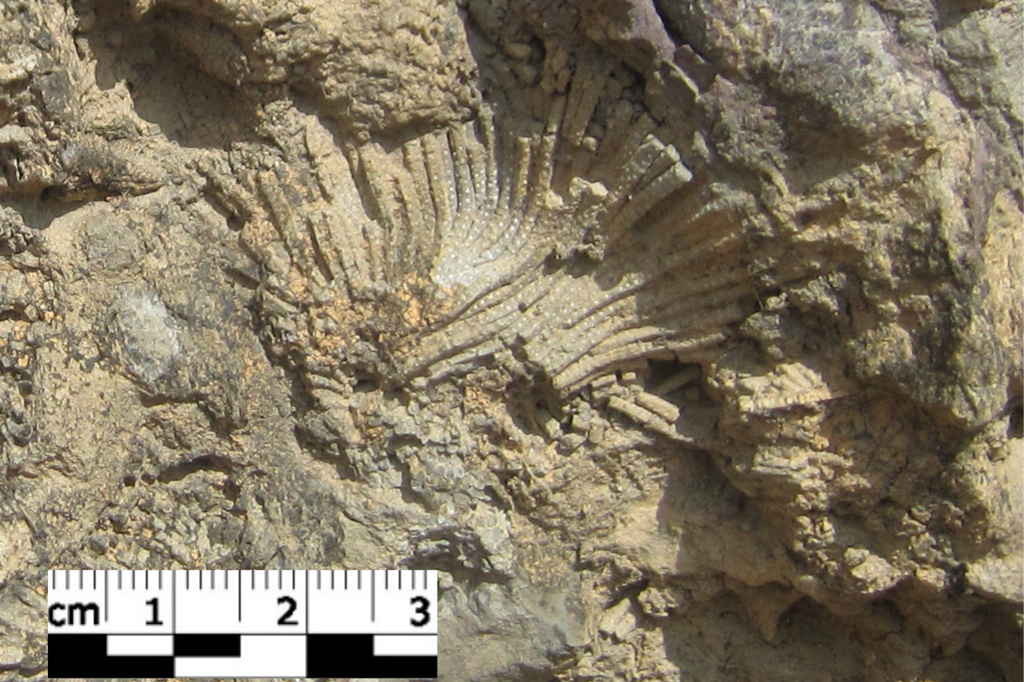
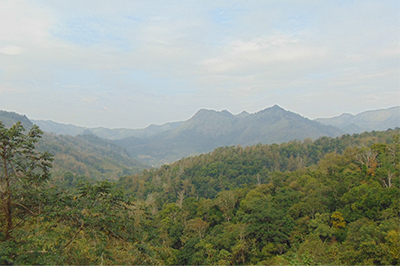
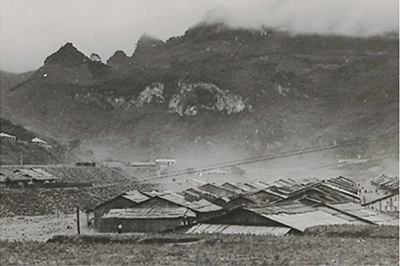
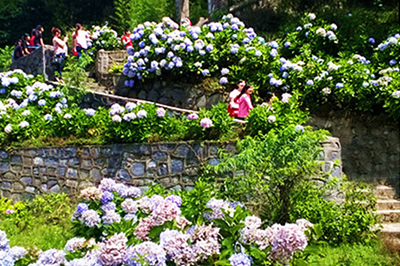
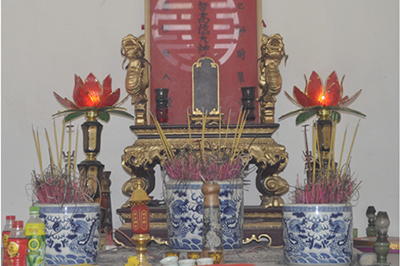
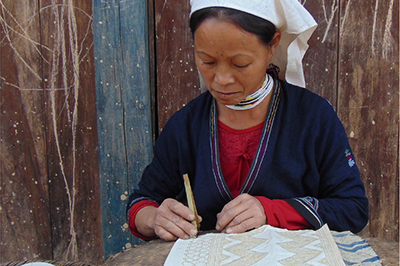
Distance: 5.69 km
Distance: 6.37 km
Distance: 6.36 km
Distance: 6.41 km
Distance: 8.74 km
Distance: 10.06 km
Distance: 10.45 km



